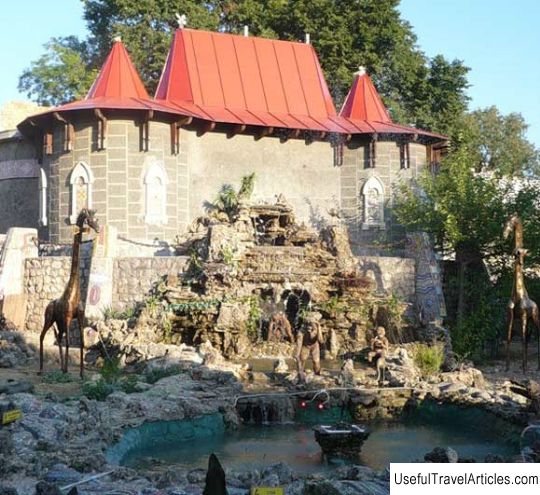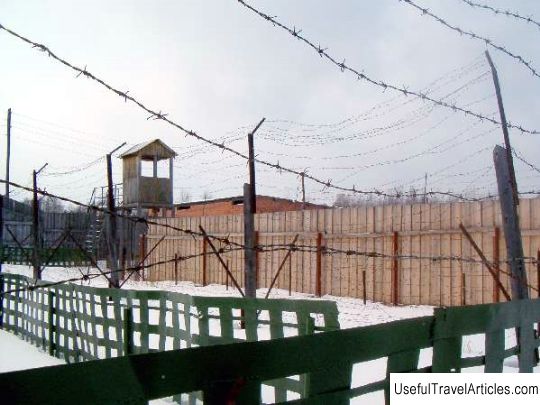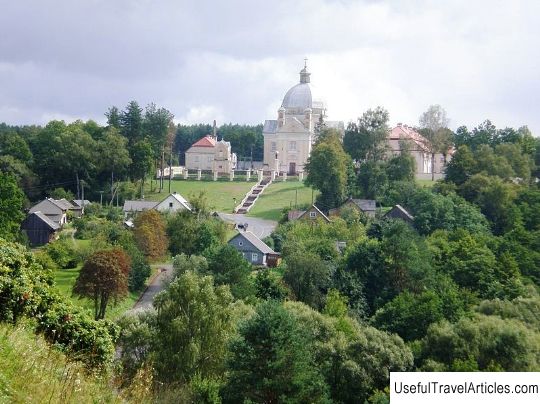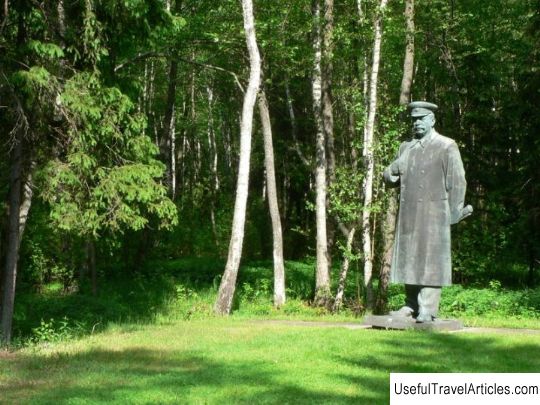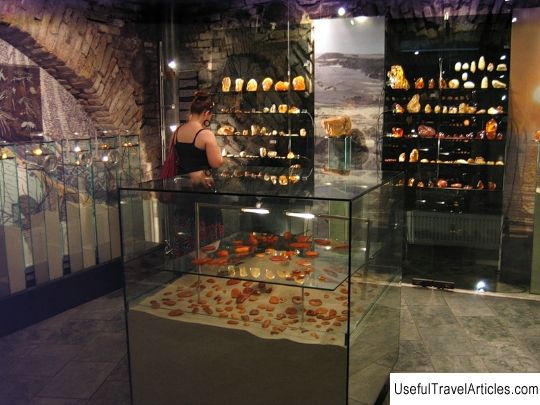Museum of resistance and deportations description and photos - Lithuania: Druskininkai
Rating: 8,6/10 (2543 votes) 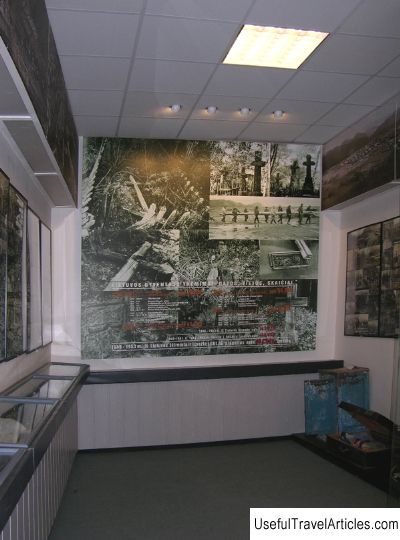
Museum of resistance and deportations description and photos - Lithuania: Druskininkai. Detailed information about the attraction. Description, photographs and a map showing the nearest significant objects. The title in English is Museum of resistance and deportations. Photo and descriptionThe Museum of Resistance and Deportations or Exile is located in the city of Druskininkai. The birthday of the museum can be considered December 29, 1996. The initiator of the creation of the museum was the Druskininkai branch of the Union of Political Prisoners and Exiles of Lithuania. Since 1998 it belongs to the public organization "Atmintis" ("Memory"). Gintautas Kazlauskas was once an exile, it was he who led the work on the creation of the museum. Museum employees are members of public organizations and work on a voluntary basis. The Museum of Genocide Victims, located in Vilnius, constantly provides assistance to the Druskininkai Museum. The Museum of Resistance and Deportations is located in two rooms of the Druskininkai Self-Government Cultural Center. In the museum you can see 3 permanent exhibitions: "Link", "Armed Resistance" and "Unarmed Resistance". The memorial corner of Antanas Dambrauskas is also presented here. The Exposition tells about the history of numerous arrests and exile in the period from 1940 to 1950. There are many photographs and exhibits from the personal collections of local residents. Also at the exhibition, visitors will be able to familiarize themselves with statistical data on expulsions and deportations of Lithuanian residents, see a geographical map of the former Soviet Union, which indicates the places of exile and the location of the camps. And, finally, the exposition about unarmed resistance tells about various forms of disobedience and resistance: organization of underground amateur performances, participation in illegal circles and organizations and others. The main topic of this section is the production and distribution of illegal literature, among which you can see the issues of the journal "Chronicle of the Lithuanian Catholic Church" ("Lietuvos katalik ų ba ž ny č ios kronika") for the period from 1972 to 1989. In the memorial corner of the translator of ancient literature Antanas Dambrauskas (1911-1995) his personal belongings, books are shown, including here you can familiarize yourself with his memoirs "Viskas praeina" ("Everything passes") and the apostolic blessing Pope John Paul II. It also captures the decision of the Druskininkai City Council to award Antanas Dambrauskas the title of Honorary Citizen of Druskininkai. The museum's funds are rich in photographs, documents and things brought from camps and places of exile, handicrafts, tools, household items, relics from the times of partisan war and unarmed resistance. The museum collection has been constantly replenished since 1994. This is being done by representatives of the Druskininkai branch of the Union of Political Prisoners and Exiles of Lithuania and members of the public organization Atmintis. Since 1997, the museum has been studying the history of the partisan movement, organizing search work, meetings of former messengers and partisans. By the efforts of the museum staff, 2 partisan bunkers found in the vicinity of Druskininkai were restored and transported to the museum premises. At present, the bunkers are equipped with accompanying information and represent the museum branches. The museum organizes lectures, presentations of books on the history of resistance and deportations, meetings of former political prisoners and other events. For schoolchildren, the museum organizes excursions, lectures, history lessons, and creative competitions. A tourist route has been developed for young people, including memorial places of the history of resistance: monuments, bunkers, memorial signs.      We also recommend reading Lift Santa Justa (Elevador de Santa Justa) description and photos - Portugal: Lisbon Topic: Museum of resistance and deportations description and photos - Lithuania: Druskininkai. |
